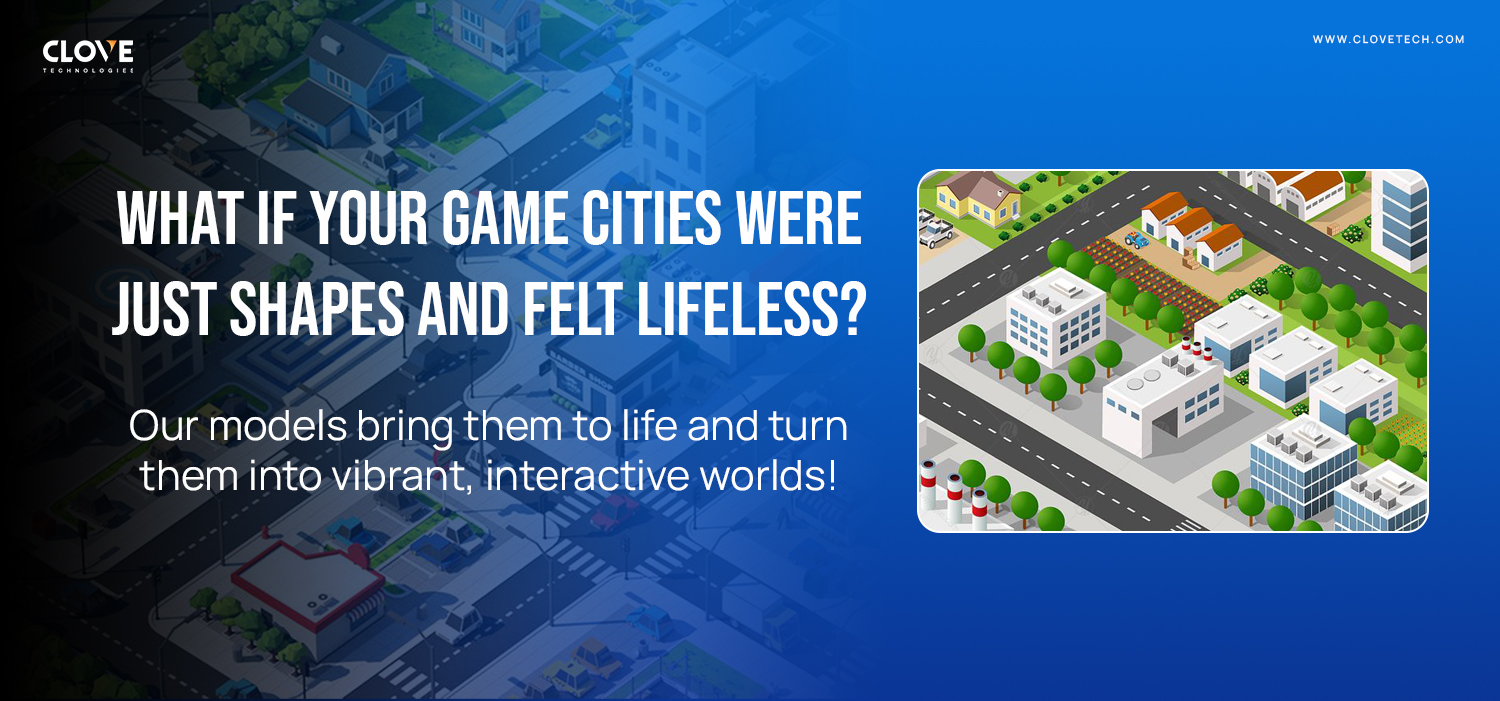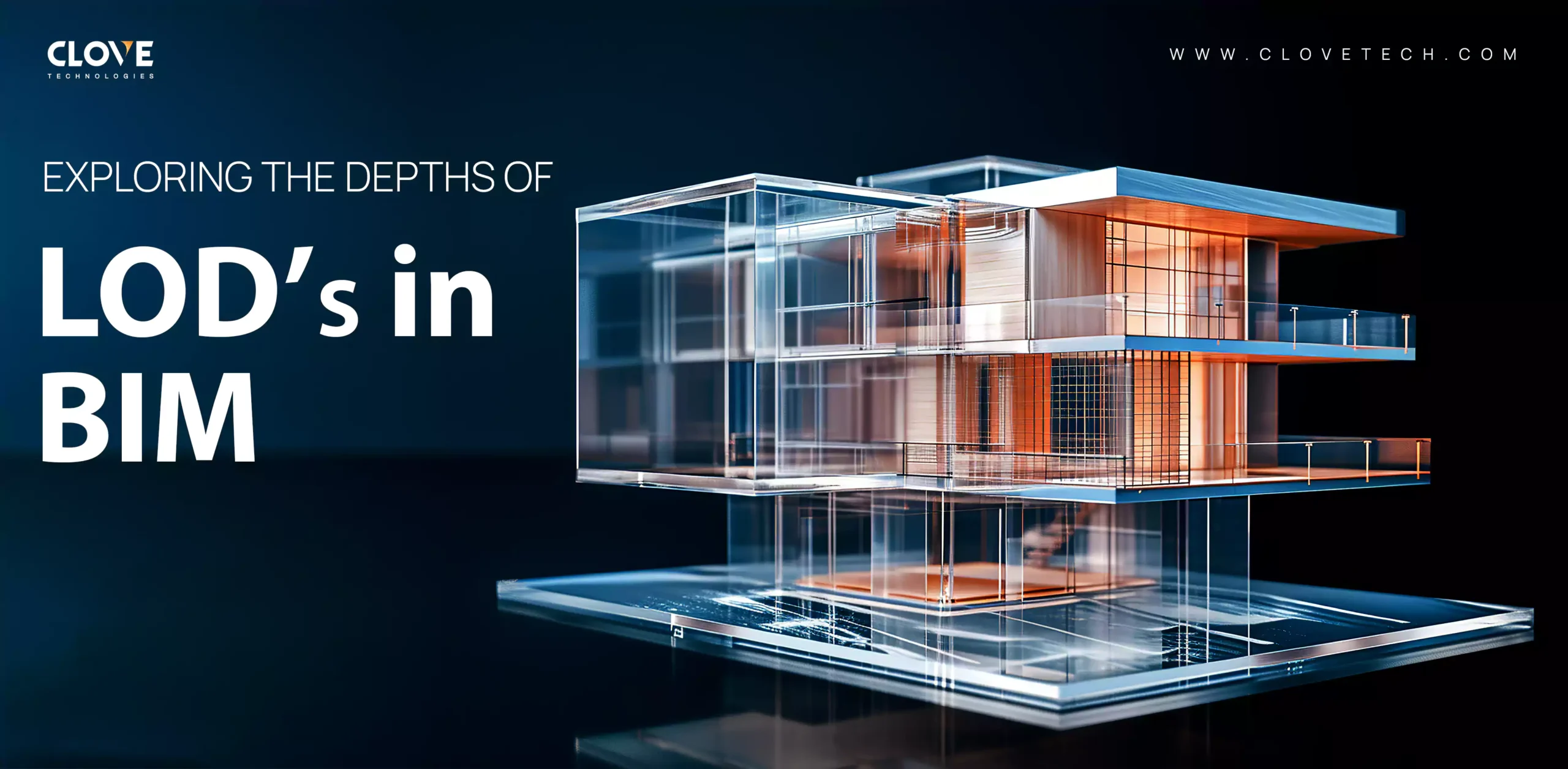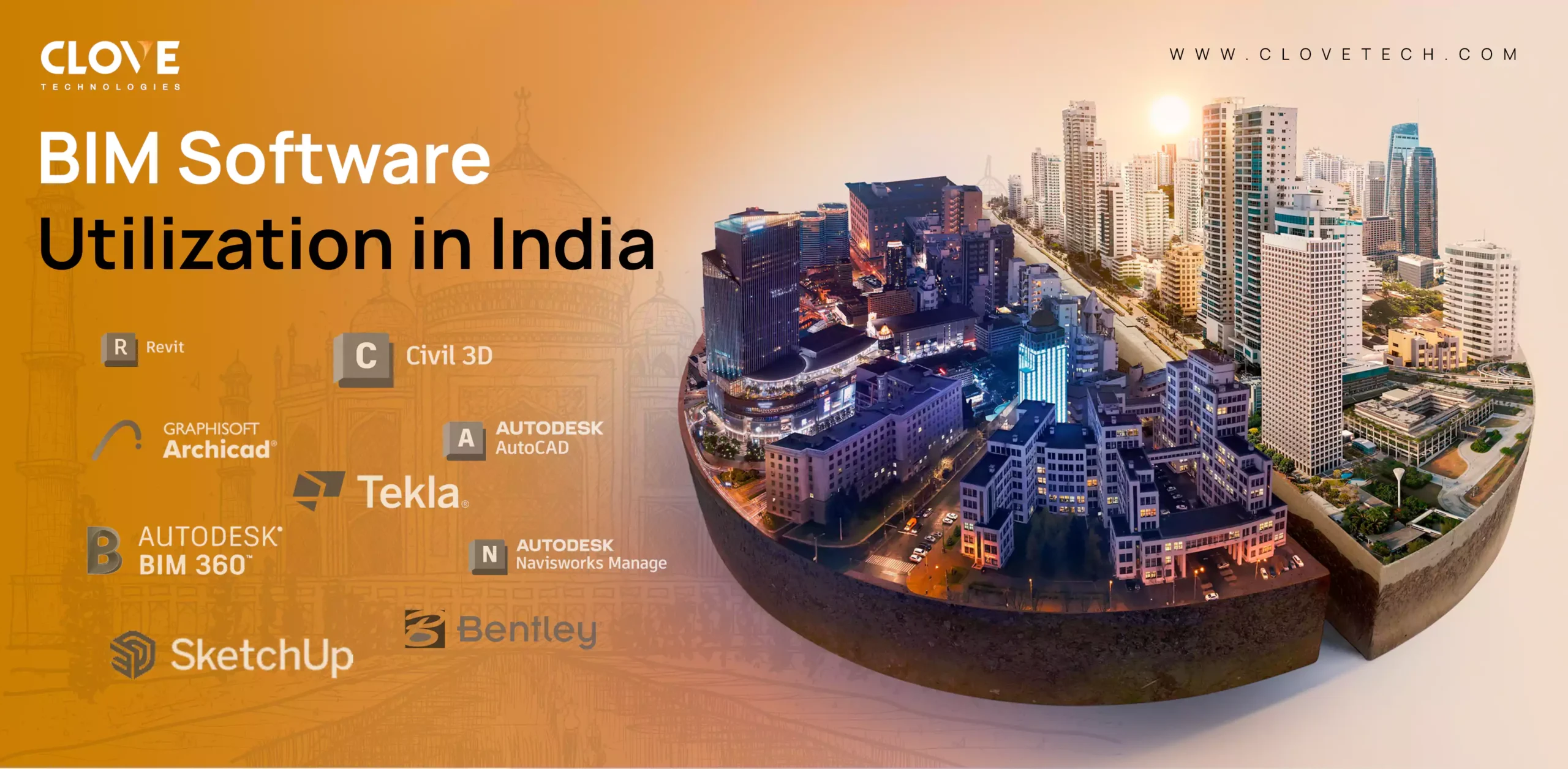In the ever-evolving landscape of gaming and virtual experiences, 3D city modeling stands out as a transformative innovation. By crafting hyper-realistic, interactive environments, this technology has redefined the boundaries of immersion and functionality. Here’s how 3D city modeling is making an impact and why it’s a game-changer across industries.
What makes 3D city modeling unique?
1. Real-World Precision
3D city modeling utilizes advanced Geographic Information System (GIS) data, aerial imagery, and LiDAR (Light Detection and Ranging) scans to recreate cities down to the finest details. From iconic skylines to intricate street layouts and even rooftop solar panels, these models capture unparalleled realism. Such precision is invaluable not just for gaming but also for practical applications like renewable energy optimization.
2. Interactive Exploration
Unlike static 3D visuals, these models are dynamic and interactive. Users can navigate through streets, simulate traffic patterns, or experience real-time weather changes. This level of engagement transforms how players explore virtual environments, making the experience deeply immersive.
3. Seamless Gaming Integration
By leveraging gaming engines such as Unreal Engine and Unity, 3D city models achieve lifelike responsiveness and fluid interactions. Gamers can enter buildings, engage with objects, and interact naturally with city elements—all while enjoying a seamless gaming experience.
Exciting advantages for users
1. Renewable Energy Insights
3D models aren’t just for play—they’re practical too. Simulate and visualize optimal placements for solar panels or analyze their efficiency within a cityscape. This integration of gaming and real-world insights adds an innovative dimension to the technology.
2. Immersive Realism
By incorporating photorealistic textures and precise details, these city models deliver a true-to-life feel. Gamers and users alike can experience cities as though they were physically present.
3. Dynamic Updates
Cities are always evolving, and so can the models. From new constructions to urban growth, updates can easily reflect real-world changes, ensuring users always interact with up-to-date environments.
Beyond Gaming - Versatile Applications
3D city modeling extends its reach far beyond gaming. Its potential applications include:
Urban Planning:Simulate infrastructure projects and predict urban development impacts.
Education: Explore historical landmarks or teach geography with vivid, interactive visuals.
Tourism: Offer virtual tours of cultural landmarks or popular destinations.
Emergency Response: Train teams with real-world scenario simulations.
4. Collaborative Features
With multiplayer capabilities, 3D city modeling encourages teamwork and shared experiences. Whether it’s navigating a virtual cityscape or solving challenges together, collaboration becomes effortless and engaging.
Transforming vision into reality!
The possibilities with 3D city modeling are endless. Whether you’re crafting immersive gaming experiences, planning sustainable urban developments, or educating the next generation, this technology is reshaping how we interact with the world—both virtual and real.
Experience the future today. Contact us to see how our 3D city models can revolutionize your vision!







